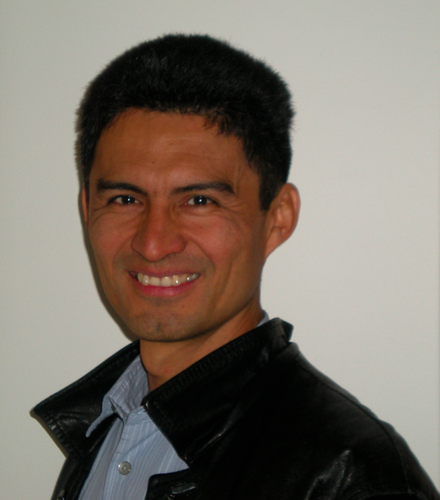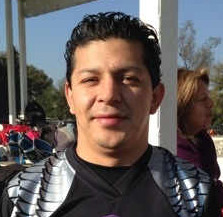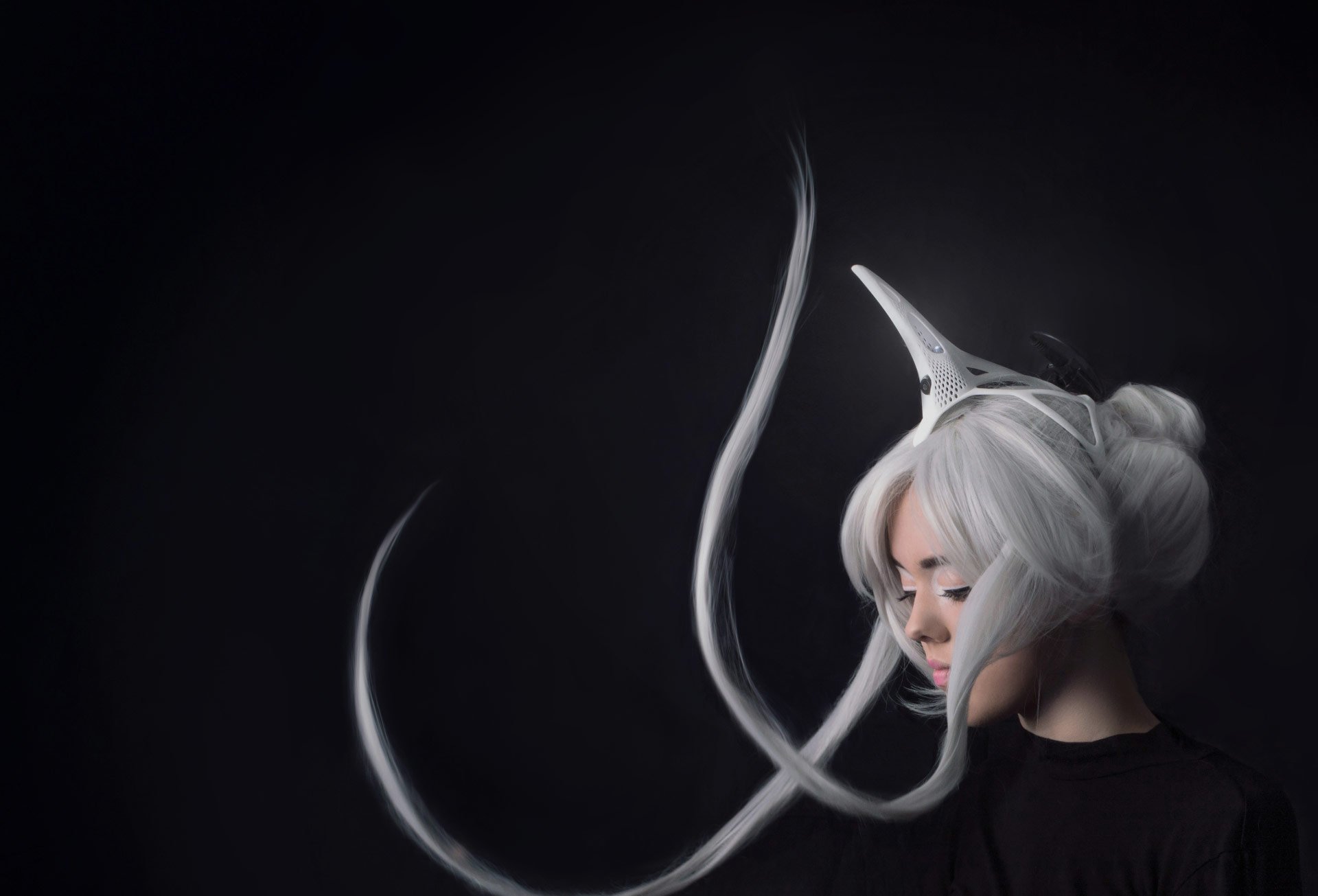BR41N.IO - The Brain-Computer Interface Designers Hackathon in Mexico
ArtBR41N.IO is a brainstorming and collaborative marathon designed to be a learning experience for developers, technologists, engineers, students, artists, and scientists who cram and build brain-computer interface (BCI) applications together in teams. By putting creative minds from multiple disciplines together for a short period of time, BCI-related applications not readily thought of can be discovered and uncovered.
There are several predefined projects at the BR41N.IO Designers' Hackathon, which the participants can choose to work on. Below, the projects are described in detail including hard- and software specifications as well as the number of possible participants for each project. The Unicorn Brain Interface and the Unicorn Suite application are mostly used to realize BR41N.IO projects. However, additional software should already be installed on your personal laptop before you come to the hackathon.
Who can participate?
Anyone can participate who has interests in BMI, BCI, robotics, AR, VR, machine learning, computing, sensors, human-machine interface systems, control, signal processing, big data, haptics, rehabilitation, and similar areas. Participants do not have to be a BMI expert to participate on a team! Interdisciplinary teams with a combination of BMI and non-BMI skills are often successful in building solutions and producing working prototypes.
Can I submit a different project?
Professional teams can also participate to develop applications during the BR41N.IO Designers' Hackathon to demonstrate full potential of some of the sponsored hardware/software. If you are looking for team members, your project will be included among the BR41N.IO projects below where people can apply for it. Submit your project to contact@br41n.io.
What's in there for me?
Be creative, think outside the box. The BR41N.IO Designers' Hackathon is fun and gets you to network and collaborate with other Geeks. The best BR41N.IO projects will be awarded with cash prizes:
- IEEE Brain BR41N.IO Prize: $ 500
- IEEE Brain BR41N.IO Prize: $ 300
- IEEE Brain BR41N.IO Prize: $ 100
HACKATHON SCHEDULE
Location: Conference Center Room Aqua 1
Monday, June 10
| 10:30–10:45 | Welcome |
| 10:45–11:00 | Current and future applications of brain-computer interfaces Alex Lechner |
| 11:30–12:30 | Special Session on BMI Jose Azorin, Jose Contretas, Surjo Soekdar |
| 14:00–14:30 | How to run a real-time BCI application Alex Lechner |
| 16:30–17:00 | Unicorn Brain Interface Demonstration Alex Lechner |
| 17:00–18:00 | Group formation |
| 18:00 | START BR41N.IO |
Tuesday, June 11
| 16:00 | END BR41N.IO |
| 16:00–17:00 | Project presentations |
| 17:00–17:30 | Meeting Hackathon Jury |
Wednesday, June 12
| 16:00–17:00 | BR41N.IO Ceremony |
BCI PRINCIPLES
Brain-computer interfaces are realized by 4 different principles:
slow waves
steady-state visual evoked potentials (SSVEP)
motor imagery (MI)
evoked potentials (EP)
In the BR41N.IO Hackathon Series, motor imagery and EP based systems
are mostly used to control the applications:
In the case of the motor imagery application, participants have to imagine e.g. left or right hand movement to produce an event-related desynchronization over the sensorimotor cortex. This is basically an amplitude change of the alpha and beta regions of the EEG.
In the case of EPs, the BCI system is showing different flashing icons and the user has to attend to the icon he wants to select. When the icon flashes on the computer screen, than a P300 wave is produced in the brain and the BCI system is able to detect it.
PROGRAMMING PROJECTS
Unity Rehab
Create a Unity based game that can be used for rehabilitation purposes.
soft-/hardware: Unicorn Hybrid Black, Unity
participants: 1 groups, 3-5 people per group
Skills: Basic programming skills (Matlab, Simulink), Basic graphics programming with Unity
Your Hacking Project:
BCI Apps for Music
You are invited to create your own programming project for this hackathon. You'll have all the BCI headsets or you bring your own BCI to design and program your own fully functional headset.
soft-/hardware specifications: connect your own audio tools using the Unicorn Hybrid Black and Unicorn Suite
participants: 1 group, 3-5 people per group
skills: Basic programming skills
Unicorn Sphero
The Unicorn Brain Interface offers the Unicorn Speller application that allows you to control a robotic ball called Sphero. Watch the video Unicorn Sphero.
soft-/hardware: Unicorn Hybrid Black, Unicorn Sphero, Sphero robot
participants: 1 groups, 3-5 people per group
skills: Basic programming skills (C#)
Unicorn Painting
Create images according to your brain activity that you measure with the Unicorn Brain Interface.
soft-/hardware: Unicorn Hybrid Black, Unicorn Painting
participants: 1 groups, 3-5 people per group
Orthosis Control
It is possible to control a 3D printed orthosis using a Unicorn Hybrid Black with motor imagery. It is possible to move an orthosis by thinking about left or right hand motion. Watch the Orthosis Control video.
soft-/hardware: Unicorn Hybrid Black, Unicorn Speller, bring your own orthosis or use Unity instead
participants: 2 groups, 3-5 people per group
Skills: Basic programming skills (Matlab, Simulink), basic graphics programming skills with Unity
Dream Painting
If you want to create a Dream Painting, you have to wear a Unicorn Brain Interface while you sleep. When you wake up, you are able to create a picture based on EEG signals.
soft-/hardware: Unicorn Hybrid Black, Unicorn Painting
participants: 1 groups, 3-5 people per group
skills: Basic programming skills (Matlab, Simulink)
THAT WAS CANCUN 2019. THANK YOU!
PROGRAMMING WINNERS
1. PLACE WINNER
Generative Conversation
This team identified a person based on a P300 paradigm with the robot Vector, who approached a person based on facial recognition and started a conversation.
Team members: Jesus Cruz-Garza, Eric Todd, Akshay Sujatha Ravindran, Majo Delgadillo
2. PLACE WINNER
Painting while playing
The team used the Unicorn to visualize music production of a digital painting. One team member played with the violin and the painting changed according to the EEG.
Team members: Aaron Colverson, Pricilia Cunha, Justin C. Tanner, Yanjun Lyu
3. PLACE WINNER
Memory vs. Observation in a Drawing Performance
The project aimed at investigating if there are any significative differences between drawing by observing from photo reference and drawing by using memory.
Team members: Gianmarco Ragognetti
4. PLACE WINNER
Snap out of it!
Detect ruminations, with symptoms, causes and consequences of one’s negative feelings in the brain. React on them with an adaptive BCI according to the situation with different stimulations.
Team members: Hassan Aleem, Steven Shepard, Ryan Thackston, Adam Lopez, Mary Ellen Ruff
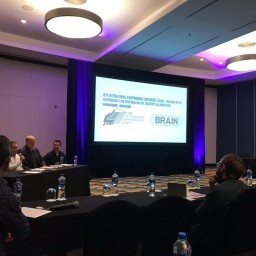 BR41N IO-Cancun-2019-1
BR41N IO-Cancun-2019-1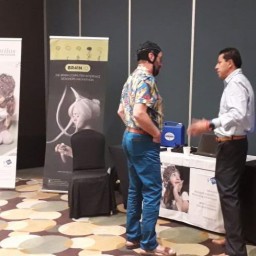 BR41N IO-Cancun-2019-2
BR41N IO-Cancun-2019-2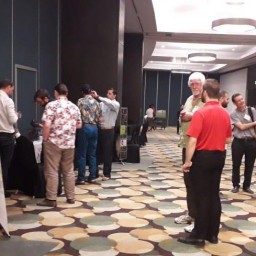 BR41N IO-Cancun-2019-3
BR41N IO-Cancun-2019-3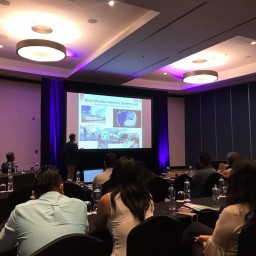 BR41N IO-Cancun-2019-4
BR41N IO-Cancun-2019-4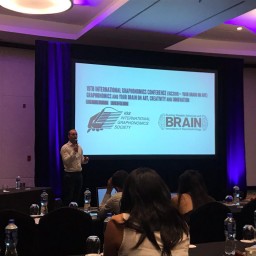 BR41N IO-Cancun-2019-5
BR41N IO-Cancun-2019-5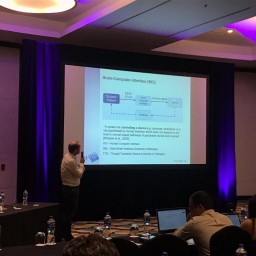 BR41N IO-Cancun-2019-6
BR41N IO-Cancun-2019-6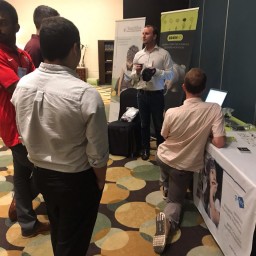 BR41N IO-Cancun-2019-7
BR41N IO-Cancun-2019-7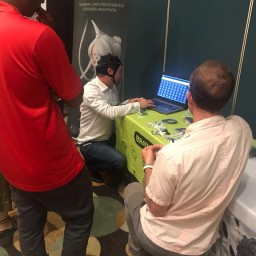 BR41N IO-Cancun-2019-8
BR41N IO-Cancun-2019-8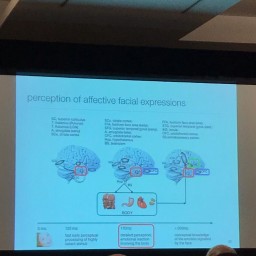 BR41N IO-Cancun-2019-9
BR41N IO-Cancun-2019-9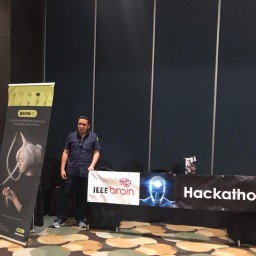 BR41N IO-Cancun-2019-10
BR41N IO-Cancun-2019-10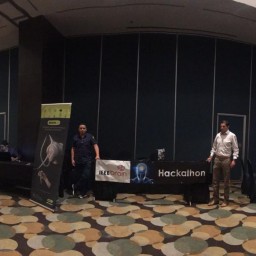 BR41N IO-Cancun-2019-11
BR41N IO-Cancun-2019-11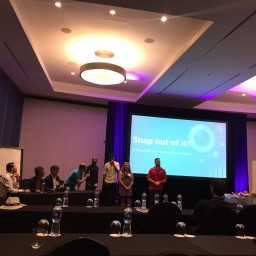 BR41N IO-Cancun-2019-12
BR41N IO-Cancun-2019-12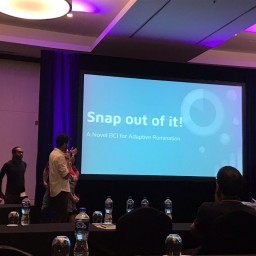 BR41N IO-Cancun-2019-13
BR41N IO-Cancun-2019-13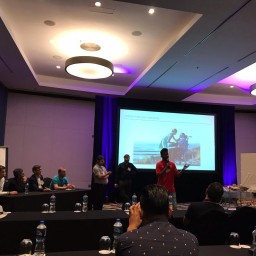 BR41N IO-Cancun-2019-14
BR41N IO-Cancun-2019-14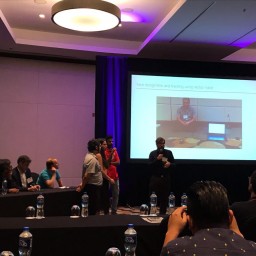 BR41N IO-Cancun-2019-15
BR41N IO-Cancun-2019-15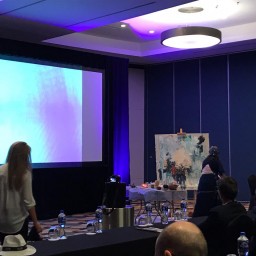 BR41N IO-Cancun-2019-16
BR41N IO-Cancun-2019-16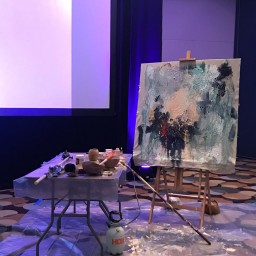 BR41N IO-Cancun-2019-17
BR41N IO-Cancun-2019-17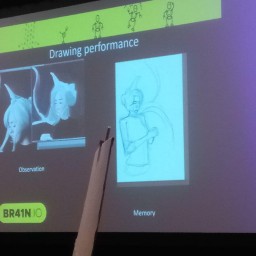 BR41N IO-Cancun-2019-18
BR41N IO-Cancun-2019-18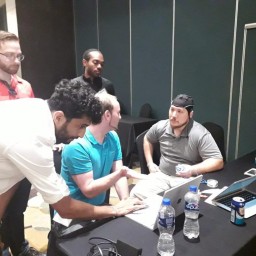 BR41N IO-Cancun-2019-19
BR41N IO-Cancun-2019-19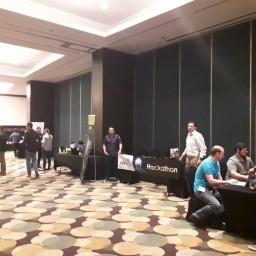 BR41N IO-Cancun-2019-20
BR41N IO-Cancun-2019-20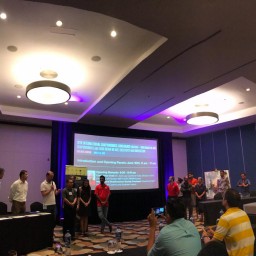 BR41N IO-Cancun-2019-21
BR41N IO-Cancun-2019-21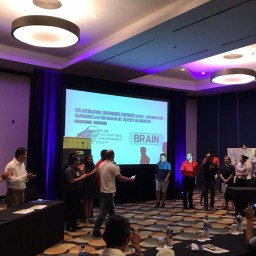 BR41N IO-Cancun-2019-22
BR41N IO-Cancun-2019-22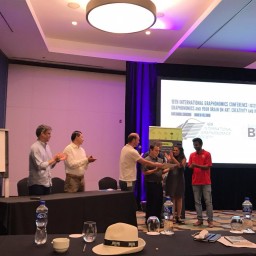 BR41N IO-Cancun-2019-23
BR41N IO-Cancun-2019-23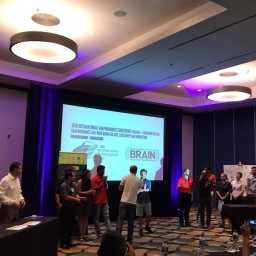 BR41N IO-Cancun-2019-24
BR41N IO-Cancun-2019-24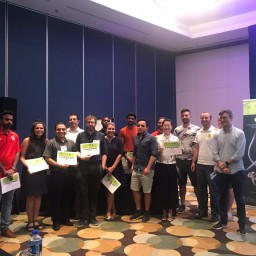 BR41N IO-Cancun-2019-25
BR41N IO-Cancun-2019-25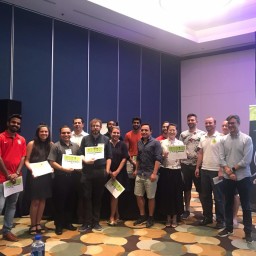 BR41N IO-Cancun-2019-26
BR41N IO-Cancun-2019-26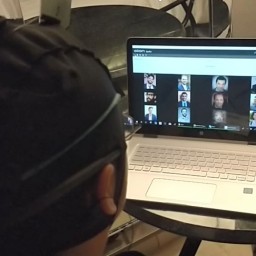 Generative%20Conversation
Generative%20Conversation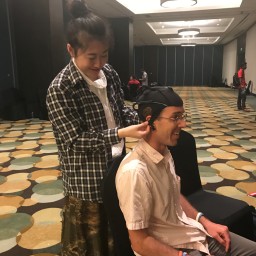 Painting%20while%20playing
Painting%20while%20playing




